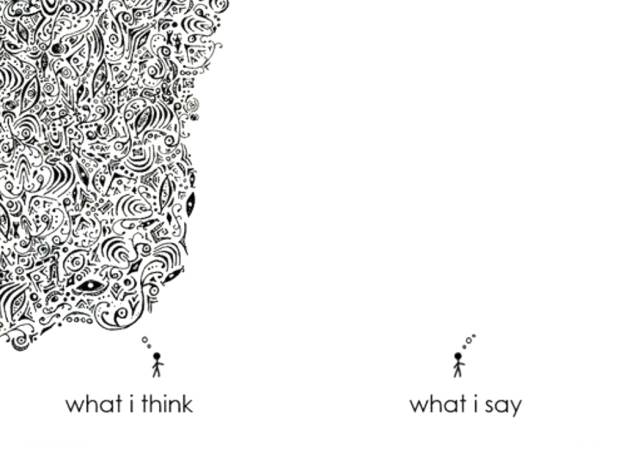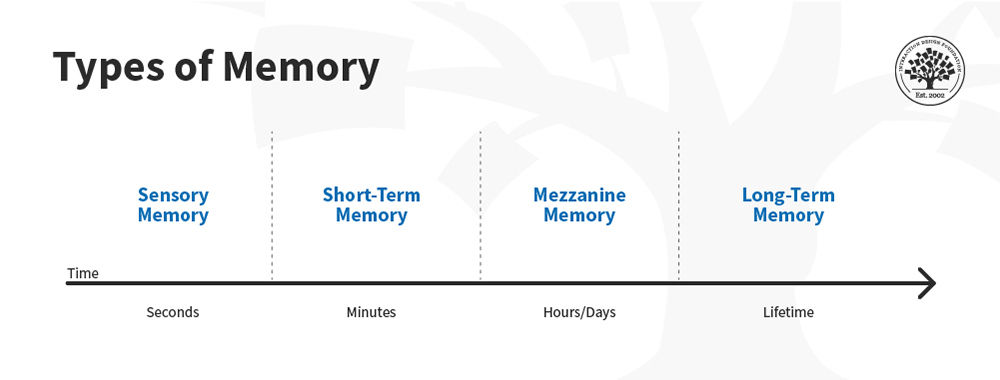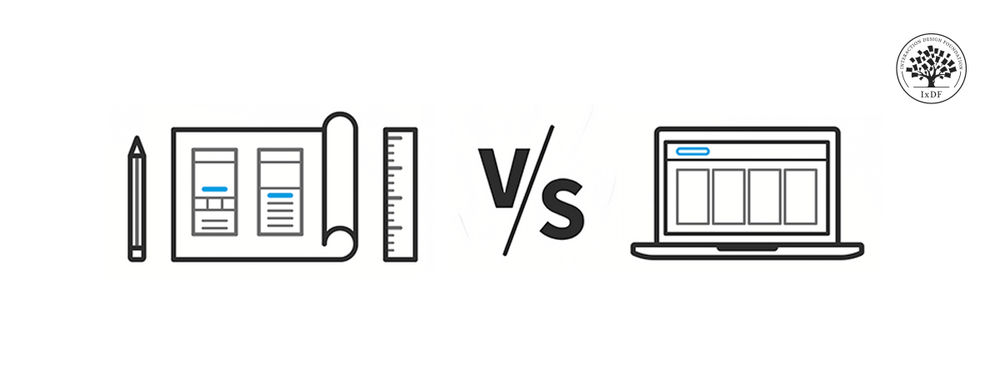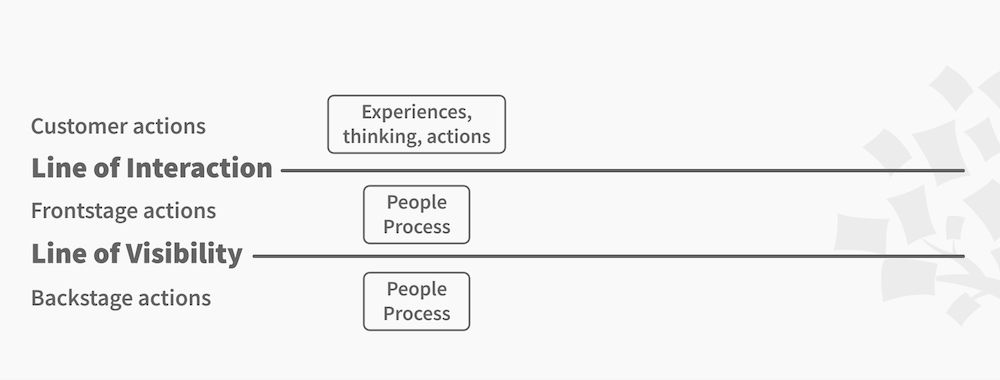This week, we’re going to take a look at users who might cause problems when conducting user research. Most of them don’t mean to be a problem but they are all the same. So each day – we’ll take a particular personality type and then look at how you might work with them better. Today, we’ll start with shy people.
Shy People in User Testing
Shy people aren’t deliberately problematic. They are generally decent, kind people who are genuinely interested in helping you with your research. The trouble is that they tend to shy away from giving you much in the way of data too.
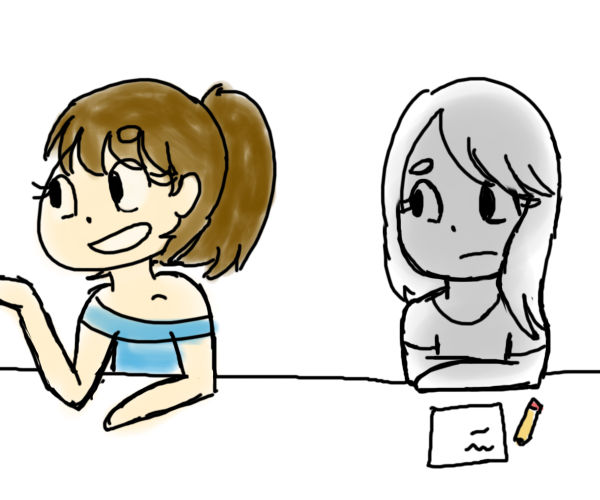
Their natural tendencies to speak softly and briefly and to fear authority and tests aren’t terribly helpful when it comes to finding out what they think.
You can often spot shy people from their body language. They struggle to make eye contact, their bodies are almost folded up on themselves, and they may clutch the desk or their belongings to them. They’re not comfortable and it shows.
The Solution
Firstly, it’s worth remembering that the shy person isn’t trying to frustrate you. You can’t respond to their shyness with frustration and expect to see any improvement in results. In fact, quite the opposite, you can expect them to retreat like a tortoise into its shell; leaving you with very little options to get useful data from them at that point.

It is better to reassure shy people and encourage them to help you reach your objectives. It’s always good to set the scene at the start of an interaction and you should be certain to stress that they are valued. That you want their viewpoint and that it doesn’t matter what their view is, or how much experience they have, and that you aren’t testing them – you’re testing the product. Then explain that it is their input that will help you improve that product.
During the interview watch out for statements like; “but that’s only what I think”. They’re a give-away for shy people. Explain that you’re there to learn what they think and while they’re there that’s all that matters to you. Make certain you continue to stress that they can’t get anything “wrong” because they aren’t being tested.
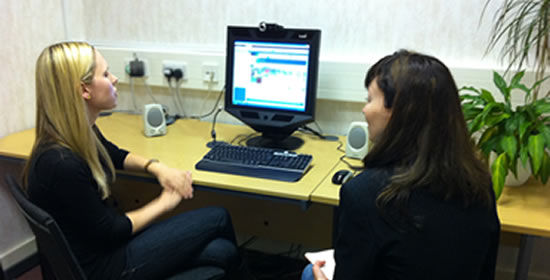
If necessary, you can always pause the interview and spend a couple of minutes explaining why their input is valuable. Make certain to point out that you want your products to help the widest range of users and that includes people in the interviewees demographic. Let them know that their participation and input is vital so that people like themselves can use the product and enjoy working with it.
Summary
Shy people are problematic in user testing because they tend to give very little detail in their responses. However, it’s important to remember they’re not trying to drive you crazy and to take the time to assure them that they are valued.
Header Image: Author/Copyright holder: Unknown. Copyright terms and licence: Unknown. Img
Image Source:
Curve Agency (link to image)
One More Cup of Coffee (link to image)
Xmaggy9, Deviant Art (link to image)
Keep it Usable (link to image)
